Welcome!






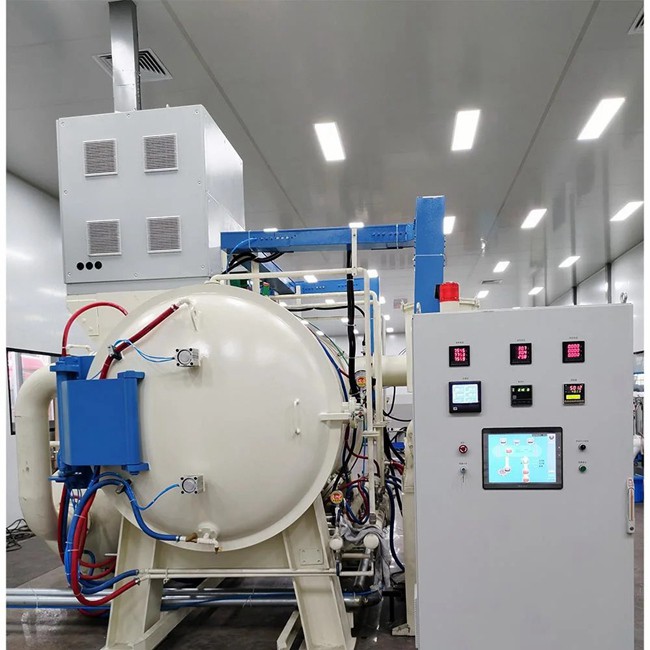
China Factory Price Zro Sintering Furnace Vacuum Sintering Furnace Silicon Nitride Sintering Induction Furnace
Product Description
Electric sintering furnaces are widely used in various fields. In the metallurgical industry, it is mainly used to manufacture metal materials such as iron and steel. Through sintering treatment, the original ore is transformed into block like material, which is convenient for subsequent processing and utilization; In the chemical industry, sintering furnaces can be used to manufacture raw materials for various chemicals; In the building materials industry, it is applied in the production of materials such as cement and ceramics; In the ceramic industry, sintering furnaces are used to produce various ceramic products. In addition, with the continuous development of technology, the application of electric sintering furnaces in new energy, aerospace and other fields is becoming increasingly widespread.
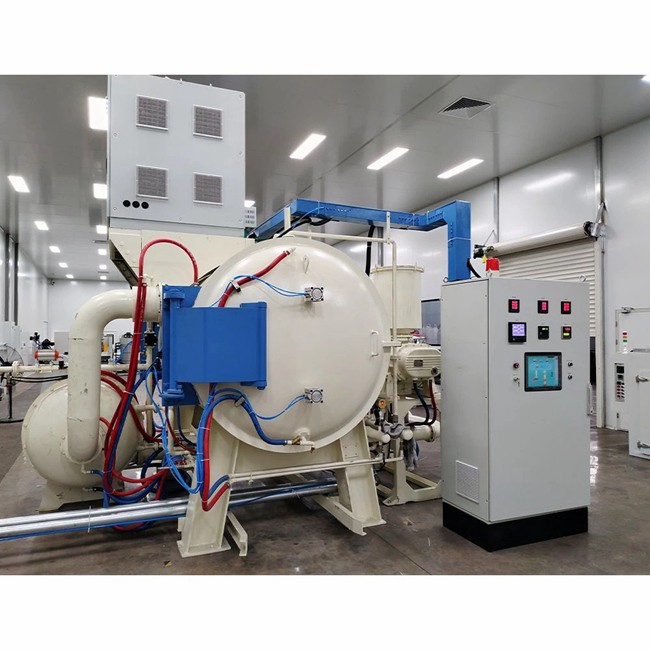
The working principle of electric sintering furnace is mainly based on electric heating technology. It uses heating elements such as resistance wires, silicon carbide rods, or electromagnetic induction to convert electrical energy into thermal energy and heat the materials inside the furnace. As the temperature increases, the atoms or molecules inside the material begin to move more vigorously, gradually reaching the temperature required for sintering, and then undergoing physical or chemical changes such as densification and grain growth, ultimately forming the desired product.

An electric sintering furnace is a device that uses electrical energy to heat materials and cause physical or chemical changes at high temperatures, thereby achieving the purpose of sintering. Electric sintering furnace is an important material processing equipment with a wide range of application fields and significant economic value. During use, it is necessary to pay attention to safe operation and regular maintenance to ensure its normal operation and extend its service life.
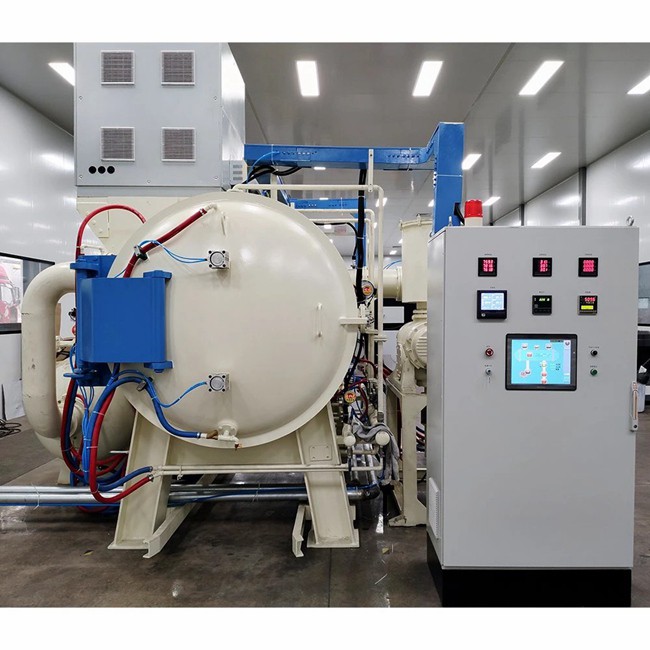
There are various heating methods for vacuum sintering furnaces, mainly including resistance heating, induction heating (such as power frequency, medium frequency, high frequency induction heating), and microwave heating. Among them, induction heating is a commonly used heating method in vacuum sintering furnaces, which uses the principle of electromagnetic induction to generate eddy currents inside the material, thereby achieving rapid heating. The vacuum sintering furnace adopts efficient heating methods such as induction heating, with fast heating speed, which can improve production efficiency. The vacuum sintering furnace can reduce energy consumption and exhaust emissions during the heating process, which meets the energy-saving and environmental protection requirements of modern industry.

The application range of sintering furnace is very wide, mainly including:
Ceramic field: used for sintering ceramic powders, ceramic inserts, and other zirconia ceramics.
Powder metallurgy field: used for producing various powder metallurgy mechanical parts, such as gears, bearings, etc.
In the field of solar energy, polycrystalline silicon ingot furnace is also a type of sintering furnace used for the manufacturing of solar cells.
Other fields: such as sintering of diamond saw blades, heat treatment of copper, annealing of steel strips, etc.
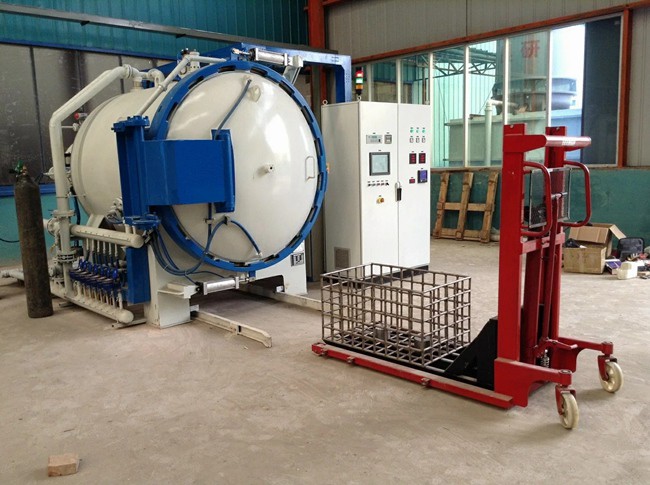
Recommended Products
Recently Viewed
 Low Cheap Price Zro Sintering Furnace Vacuum Sintering Furnace Silicon Nitride Sintering Induction Furnace
Low Cheap Price Zro Sintering Furnace Vacuum Sintering Furnace Silicon Nitride Sintering Induction Furnace Wholesale price Electric Gas Pressure Metal Fast Vacuum Heat Treatment Sintering Furnace
Wholesale price Electric Gas Pressure Metal Fast Vacuum Heat Treatment Sintering Furnace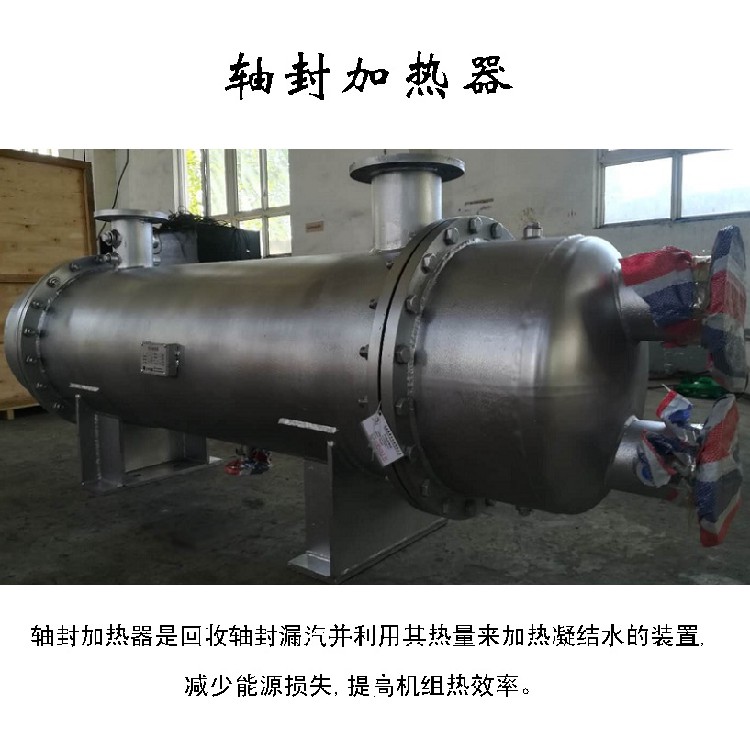 Shaft Seal Heater,Surface heat exchanger
Shaft Seal Heater,Surface heat exchanger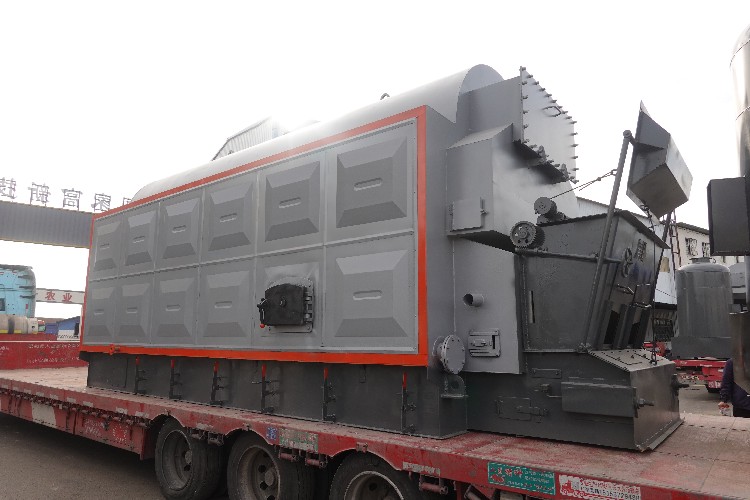 CDZL Series Biomass Fired Chain Grate Hot Water Boiler 0.7MW 600000 kcal/h 85/60 C
CDZL Series Biomass Fired Chain Grate Hot Water Boiler 0.7MW 600000 kcal/h 85/60 C Low Cheap Price Electric Gas Pressure Metal Fast Vacuum Heat Treatment Sintering Furnace
Low Cheap Price Electric Gas Pressure Metal Fast Vacuum Heat Treatment Sintering Furnace
Contact Us
Yancheng Longyan Mechanical Equipment Co., Ltd.
